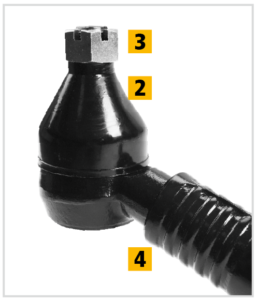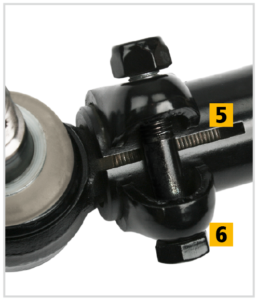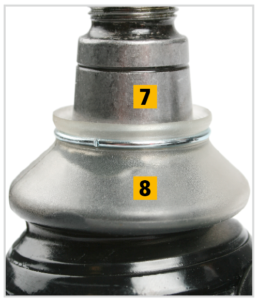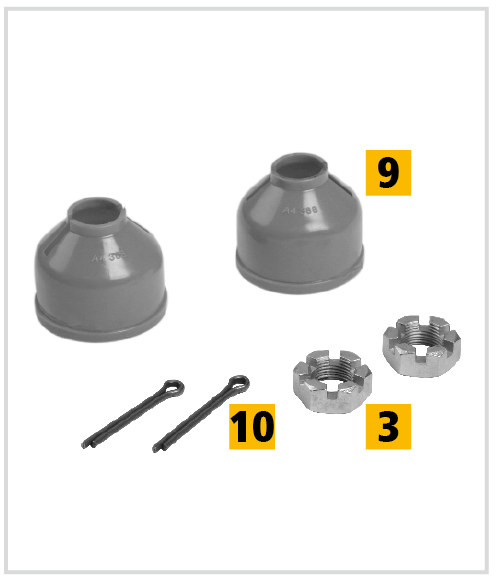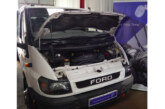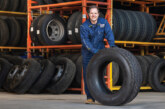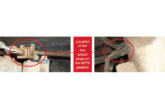Steering rods are a vital part of any commercial vehicle’s chassis, but what do they do and how do they work? Diesel Technic brand, DT Spare Parts, explains.
The steering system is a crucial network of components that notonly affects a vehicle’s reliability, but is one of the defining factors of its characteristics. Component wear can manifest itself in a number of ways, including vibration, excessive noise or tyre wear, with the steering rods and connected ball-joints having one of the greatest impacts on efficient vehicle performance.
A vehicle’s steering rods (also known as tie-rod ends) allow precise adjustment of steering geometry via adjustable ball-joints on either end, which enables a set-up that is tailored for optimal efficiency. If the
steering rods are not correctly set up then vehicles can suffer from poor alignment, leading to premature tyre wear and excess vibration or transmission of noise through the steering column.
“The good health and correct set-up of a vehicle’s steering components is absolutely vital if fleet operators are to maximise efficiency and reduce the risk of costly vehicle downtime,” explains Mark
Boden, General Manager, Diesel Technic UK and Ireland.
“The design and function of steering rods mean that they are inherently susceptible to wear, transmitting forces through the steering system while exposed to dirt, poor weather, road salt and debris.
“It is for this reason that we carry out extensive in-house R&D and validation work before releasing any DT Spare Parts steering rods and ball-joints to the aftermarket,” continues Mark.
“Every time a vehicle is off the road undergoing maintenance, it is costing its operator money, instead of
earning it. All our components are made to exact OE specification to ensure ease of fitting, and are made from high quality steel, undergoing extensive hardness testing at our in-house facilities in Kirchdorf, Germany.”
Steering rod ball-joints provide length compensation that is designed to transmit steering movement to the drop arm and the tilting movement of the cabin, which helps offer enhanced driving comfort and
enables ease of maintenance. These balljoints are mounted to the steering rod via a clamp and a slotted bushing opening to ensure optimal grip and component security.
“Crimped ball-joints provide an optimal blend of safety and adjustability without compromising robustness,” explains Boden.
“The PTFE sleeve used by DT Spare Parts, for example, provides enhanced protection from UV, adverse weather conditions and grease to contribute towards the manufacture of the most durable ball-joint possible. This helps provide added protection for the ball-joint and avoid penetration of dirt. Castle nuts and protection caps are all available for each component to help simplify technicians’ workflow, by providing a onestop-shop for all their steering rod maintenance needs.”
The numbers below correspond to the figures shown in this article, to provide a further understanding of
the components of a steering rod.
1. High-quality steel pipe
2. Ball joint
3. Castle nut
4. Proper crimping
5. Slotted bushing opening
6. Clamp to fix ball joint
7. Hardened cone surface
8. PTFE sleeve
9. Protection cap
10. Pin

